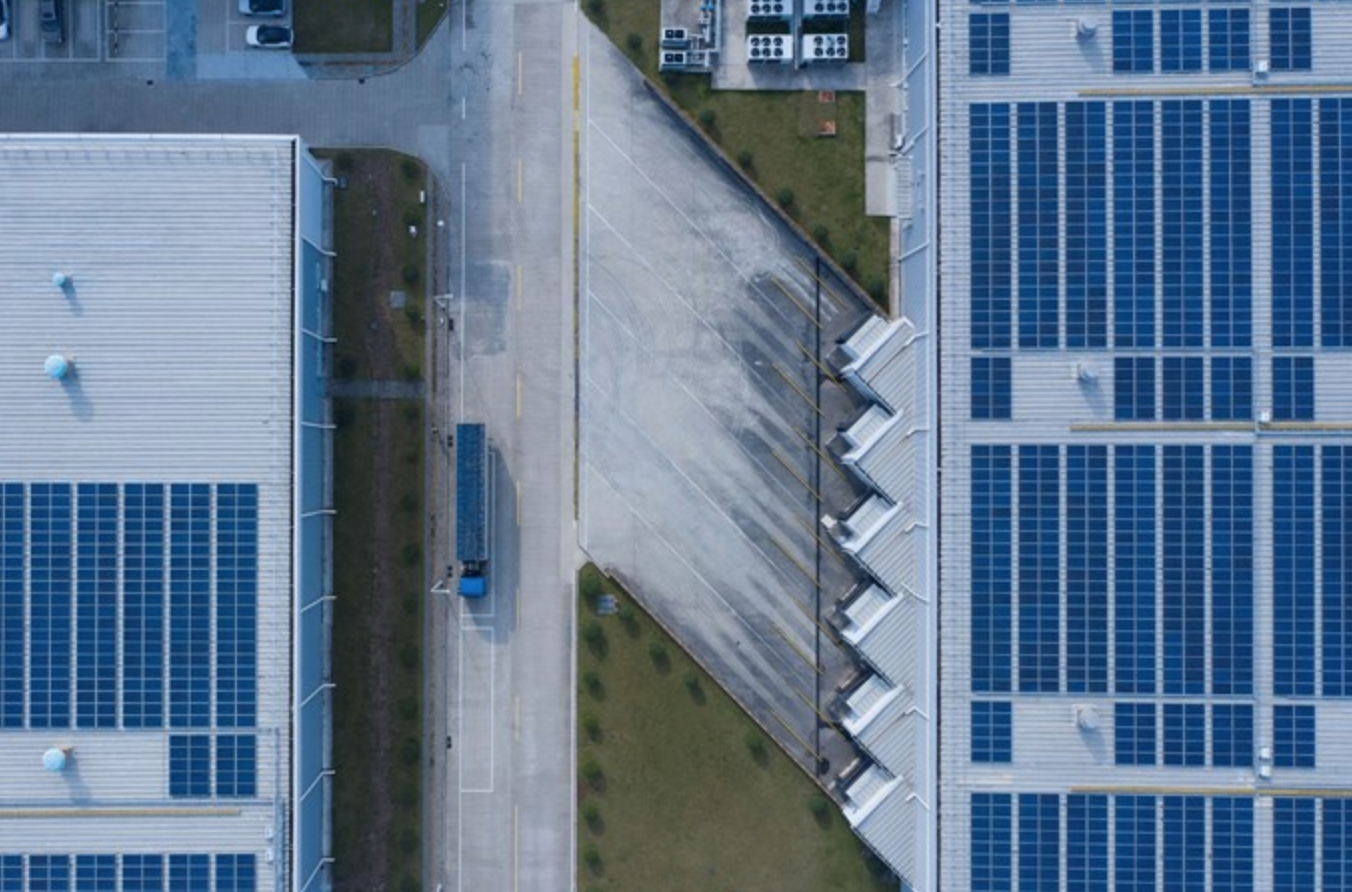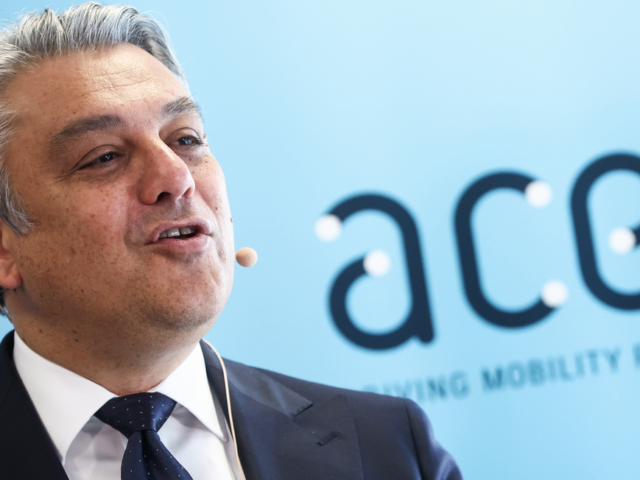
Volvo Cars uses biogas for its first climate-neutral plant in China

Volvo’s Taizhou plant in China has solar panels for electricity production and uses biogas for heating /Volvo Cars
Volvo Cars' Taizhou manufacturing plant has switched to biogas, making it Volvo's first plant in China to achieve climate-neutral status. Th


Comments
Ready to join the conversation?
You must be an active subscriber to leave a comment.
Subscribe Today